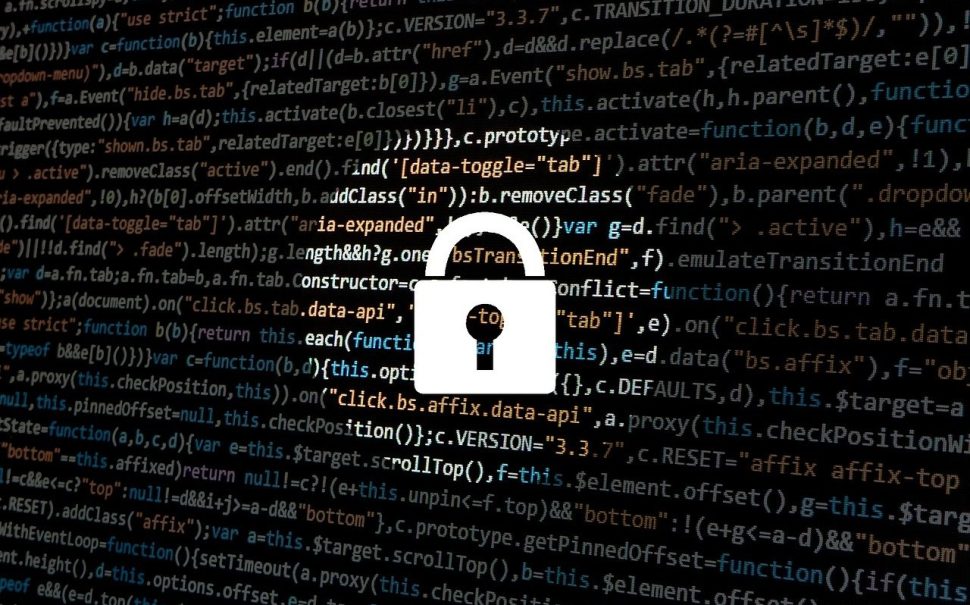In today’s digital world, there are many potential cyber risks. If you’re not careful and vigilant about your company’s safety and security you could end up with a data breach or other types of cyberattacks that could cost your business dearly. Below are some of the most common types of cyberattacks:
Digital Risk
Cyber risk threatens the confidentiality, integrity and availability of your company’s data. This can happen through any malicious attack, from ransomware to malware. The result is that you have little control over what happens with your data.
Cyber security ratings are given by analysts or organizations who have tested software for vulnerability and determined its susceptibility to attacks like hacking or phishing scams. They will also look at whether the software has an efficient firewall or not when conducting these tests.
The right security measures can be implemented by following the cyber security standards set by some organizations to protect yourself from any potential cyber threats against yourself and others around you who might try and steal information from your system.
Third-Party Vendors
Third-party vendors are another potential cyber risk. While they may be an essential part of your business, they can also be a liability if you don’t vet them carefully and ensure that their security measures are up to par.
One way to protect yourself against third-party vendor threats is through vetting. It would be best to research the third parties you regularly use—software providers or other suppliers—and make sure they have a good reputation and policies to mitigate potential cybersecurity risks. It’s also essential for your team members working with third parties to have clear guidelines to avoid risky behavior, such as sending sensitive data via email or sharing passwords with untrustworthy people outside of the company.
Safety and Security
Safety and security are critical to the success of a business. Employee training and awareness are important because employees can recognize threats and take appropriate action. Employee compliance is essential to protect yourself, your company, and your customers from cyber risk. Employee monitoring ensures that all employees adhere to the policies put into place by management.
Human Error
It doesn’t take a cyber genius to see that human error is the biggest cyber risk. You can minimize this risk by implementing policies and procedures that ensure that your employees are well-trained, aware of their responsibilities, and communicating effectively with each other.
But even with these safeguards in place, there will still be instances where human error comes into play. This can happen when
- An employee fails to read or understand instructions properly
- When they have inadequate training on how to use software
- When they don’t know how to handle a situation appropriately
- If they are stressed out or fatigued at work
RiskXchange experts say: “Being able to delve deep into the security details used to generate the rating, security teams can identify, locate, and mitigate risks immediately.”
Human error is still the most common cause of cyber risks, but there are other ways your business can be exposed to risk. Whether it’s a malicious hacker or an employee with privileged access to sensitive data, there are steps you can take to protect yourself from these threats.
Featured image credit: Pixabay





